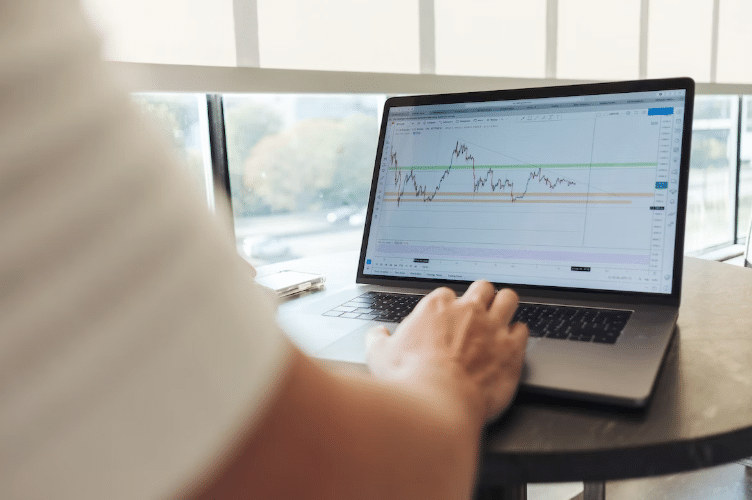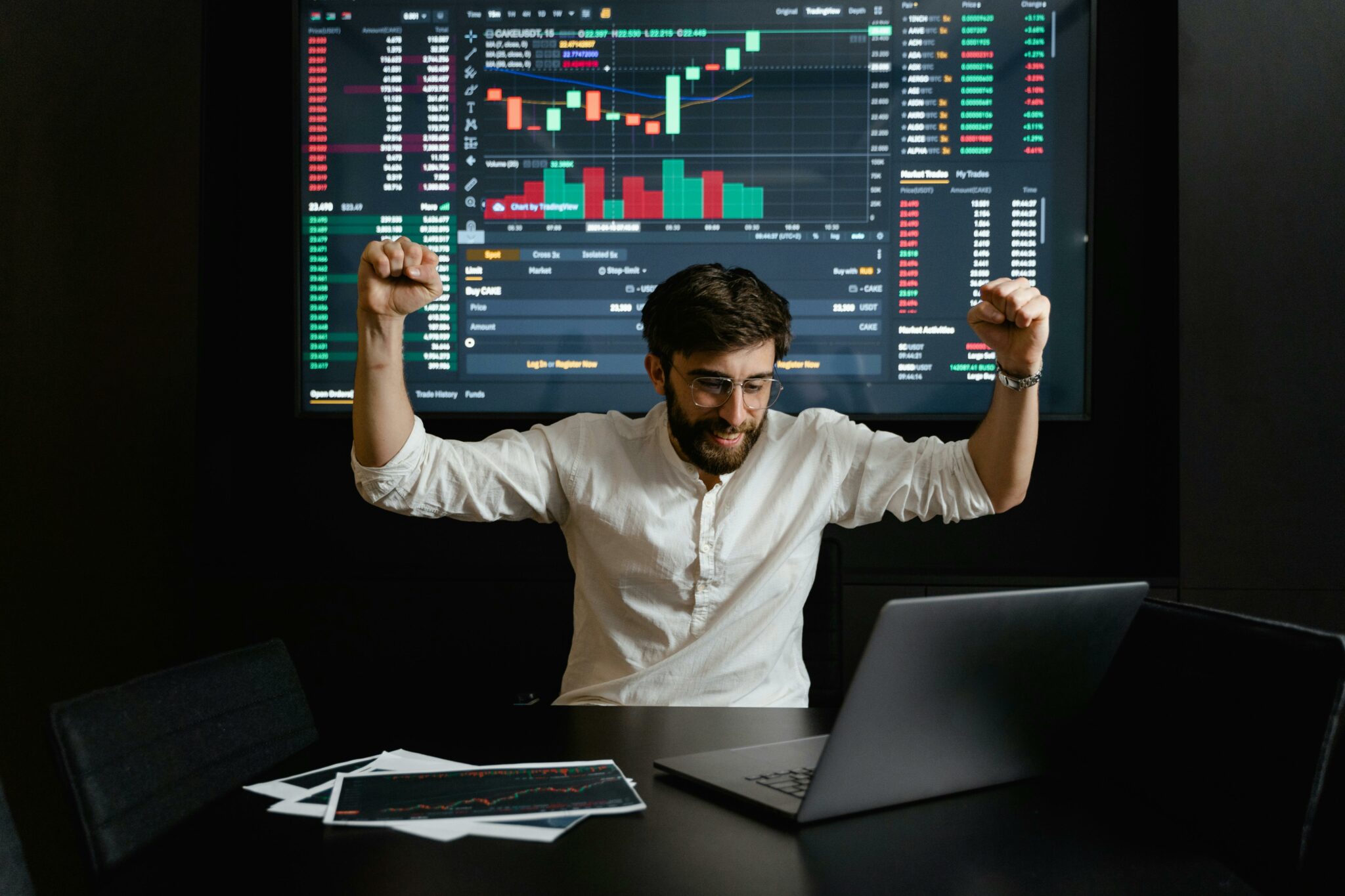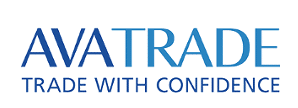The articles in this series raise questions about the myths that are rampant in the trading world and the facts. We are humbled to discuss these facts with you. It has been a privilege to use several examples to show people the permanent solution to their trading problems. This article, the final in the series bearing the topic above, contains more trading myths, plus their accompanying facts – something that may benefit you too.
Myth #9: Guarantees Should Be Given Concerning Certain Levels of Income in Trading
There should also be a guarantee that a good trading system or service will work.
Fact: These questions are often directed to many professionals in the trading world:
- What percentage profit can you guarantee per month?
- Would you promise that there will not be losses?
- Can you guarantee that I will be a competent trader after this training?
Before answering the questions above, please consider the senselessness in asking for guarantees of certain things in life, not in trading alone:
- Give me a guarantee that my marriage will be problem-free.
- Give me a guarantee that I will not take ill.
- Give me a guarantee that this drug will cure my illness.
- Give me a guarantee that I will get a job after graduating from university.
- Give me a guarantee that none of these cars will be involved in an accident.
- Give me a guarantee that this lovemaking will result in pregnancy.
People like to talk about successful trading experts. Some traders would like to become their clients or trainees. They would like to make some pips like them (the experts only survive the markets by making more money than they lose), but they would never accept the possibility of losses. They want perfect trading results.
My advice to people with this kind of mindset is: “You should go do something else. There are many low-risk ventures out there.” Risk is compulsory in any game of speculation. Without it, there cannot be profits. The bigger the expected gains, the bigger the losses; the smaller the expected gains, the smaller the losses. Successful traders take risk control very seriously, while using positive expectancy systems that enable them to make average profits that are much bigger than average losses.
Many believe certain spiritualists can predict the future with stunning accuracy, as it is being popularised by the media. No prophets can predict what the markets will do tomorrow. Nobody can determine what happens to the markets in the future. We are not saying that religious faith is useless, only that the markets do not favour anybody because of their religious beliefs or position.
Nobody is immune from unforeseen occurrences that befall mankind. Take earthquakes and tsunamis, for example. Yet, a person who believes in prediction tends to see a failed prediction as an exception while a prediction that has come to pass tends to reinforce his/her viewpoint. Psychic or prophetic abilities are irrelevant in the financial markets.
It would even be far better for the psychic to use his/her prophetic powers to make cleanup in the markets rather than charging peanuts for consultancy.
Personally, we believe that rather than predicting the markets, traders should cut losses if they are wrong and run their profits if they are right. You should beware of people who talk as if they had the power to move the market in their direction.
When it comes to the mechanics of trading, we are convinced that traders have only natural abilities at their disposal in navigating the financial markets, not supernatural ones. Forex trading, which is our own area of specialisation, requires years of learning the things that work as well as the things that do not. This is a fact, so one need not be blinded by personal bias, ignorance, myths and destructive obstinacy.
Yes, trading activities need no assurances. Some traders are so skillful that they may be referred to as being clairvoyant, whereas the ostensible clairvoyance is a result of years of experience and learning. There are timeless principles that can contribute to constant survival in the markets.
For example, through risk management and safe position sizing, a good trader would only sustain negligible drawdowns in bad markets and easily recover the losses and move ahead in good markets. But no matter how good you are, you should never give guarantees as regards any level of trading outcome. The best and the most adroit traders do not know the future and therefore cannot ethically and responsibly give assurance of gains.

Given the nature of any type of financial markets, it is unrealistic to give any guarantees. Guarantees must never be made by any sane professional. It is unethical and irresponsible. So, my answers to the questions asked earlier are:
- What percentage profit can you guarantee per month? Nope.
- Would you promise that there will not be losses? No way.
- Can you guarantee that I will be a competent trader after this training? Never.
Myth #10: Big Position Sizing Makes Big Amounts of Money; Using Low Risk Is Cowardly
Fact: Do not look for anything magic – it does not exist. Regrettably, profitable trading is an endeavour that goes against human nature, mainly because of these annoying flaws called emotions.
What do you think is more important – not going broke or getting rich quickly? Most people, however, would want to make you think that getting rich quickly is what matters. For example, a marketer showed how an account had grown by 500% in six months with high risk settings. The starting capital was $500, and the volume of the first trade was 0.2 lots. Are you kidding me?!
Low risk is a small position size, not an accurate entry price. As a trader, you should know the amount of risk for each of your trades. You should know if your risk is too high or low enough. The purpose of this section is to show you how you can resist the urge to use high risk. If you are using high risk, you need to make adjustments to your position sizing.
Many traders fail to see the link between their position sizing and their trading results. You ought to avoid position sizing strategies that needlessly shorten the lifespan of your capital and impair its longevity. If your trading results are poor, then you must make adjustments to your risk parameters.
When you make safer adjustments to your position sizing strategy and set reachable goals for yourself, things will improve gradually. Eliminating long-standing wrong mindsets can be daunting, and making even small adjustments to your risk parameters often requires strong motivation.
Even the threat of margin calls and financial disaster would not move some to take effective risk management seriously. It normally takes time – weeks or months – before a normal trading mindset becomes second nature. In the meantime, if you do not see immediate benefits from your extra efforts to do the right things in the markets, do not despair. If you persist, in spite of setbacks, your trading results are likely to improve.
Assessing the Dangers of High Risk
Before you use high risk settings for your first or next trade, please pause and think. You ought not to be like a quail going into a snare because of a bit of food. True, there may be a short-term reward for doing that, but what a price it pays eventually!
Would you want to be like a quail which fails to see the danger of something attractive but deadly? When people ask why not to use high risk, the answer is: “Because you do not want to suffer a huge drawdown and shorten the lifespan of your trading portfolios.”
Despite being aggressively tempted to use high risk by some, you may find that the greatest pressure comes from inside yourself. If that is the case, answer your ‘inner voice’ by reasoning on these questions:
- What would I gain in the long run by using high risk?
- If I want to get rich quickly, would I survive long in the markets?
- Am I not being lured by those who tempt me to damage my trading account?
- How much would high risk cost me per trade?
- Would other traders respect me again if I had significant losses?
- Would I be willing to blow my account because I want to satisfy my greed?

Taking Steps to Abandon High Risk
- Document the benefits of using low risk, and call these benefits to mind regularly. A desire to permanently keep your trading portfolio safe despite market uncertainties can be a powerful motive.
- If you have been using high risk, now is the time to stop it. You may request the help of experienced trading risk managers and let them know about your trading activities. They can guide you.
- If you find it difficult to quit using high risk parameters immediately, stop trading temporarily and give yourself two weeks or less, and note the day you are going to quit. Please honour your plan.
- Coping with temptations to use high risk is much easier if you are aware of its dangers. Get rid of anything whatever – books, newsletters, online services and websites – that encourage high risk.
- Stop dealing with any professed trading professionals who do not seem to know what risk management is all about or who fail to show it in their trade examples.
- Temptations to use high risk would always come to you. Never use high risk because you have been told that one trading system is ‘a Holy Grail’ or because you are confident one trade would move in your favour. The discomfort in using low risk settings may be temporary, while the benefits are permanent.
- Never fool yourself by thinking, “I will use high risk on this one trade.” Such rationalisation may lead to a relapse into using high risk constantly again, especially if that ‘one trade’ ends in a big win.
Conclusion
Trading is a wonderful experience and being an independent trader is a precious privilege. If you can differentiate between the trading facts and myths discussed in Parts 1–5 of this series, then you are a liberated market speculator.
When you set realistic goals for yourself, your trading career has direction and purpose. You are also more likely to avoid exaggeration and situations that could hinder you from accomplishing what you have set out to do.
Author: Mustapha Azeez
Originally published: March, 2012.
Reproduced with kind permission of: TRADERS’ media GmbH
- Broker
- Min Deposit
- Score
- Visit Broker
- Award-winning Cryptocurrency trading platform
- $100 minimum deposit,
- FCA & Cysec regulated
- 20% welcome bonus of upto $10,000
- Minimum deposit $100
- Verify your account before the bonus is credited
- Fund Moneta Markets account with a minimum of $250
- Opt in using the form to claim your 50% deposit bonus
Learn to Trade
Never Miss A Trade Again

Signal Notification
Real-time signal notifications whenever a signal is opened, closes or Updated

Get Alerts
Immediate alerts to your email and mobile phone.

Entry Price Levels
Entry price level for every signal Just choose one of our Top Brokers in the list above to get all this free.




